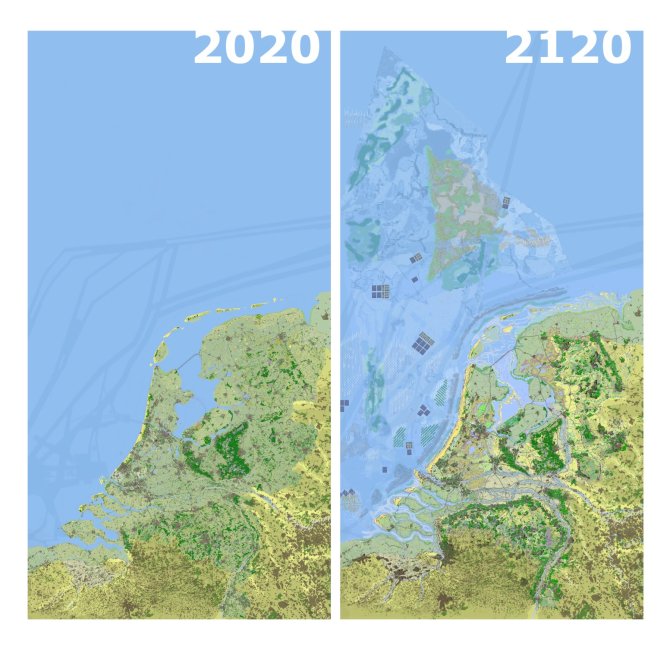The Dutch government announced on the 24th of February that it will invest 110 million euros in NL2120, of which 40 million are conditional. In this knowledge programme, governments, nature organisations, engineering firms, dredging companies and knowledge and professional institutions work together on nature-based solutions for major challenges in the areas of climate, nature-inclusive agriculture, biodiversity and housing. NL2120, which is financed through the National Growth Fund, is one of the largest partnerships in the world in the field of nature-based solutions.
Alex Hekman, chairman of NL2120: "The Netherlands is the champion of manufacturability. We have shaped the landscape to our advantage with coastal protection of steel and concrete and we are lowering the water level to make land usable. But technical solutions have their limits. With this knowledge programme, we focus on Nature-based Solutions that match the natural characteristics of the water and soil system. As a result, they work better for conserving biodiversity and are more resistant to climate change." Knowledge and innovation program NL2120 has a term of 10 years and is expected to generate a cumulative growth of Dutch GDP of 1 billion euros.
The future vision for a more natural Netherlands in 2120 has inspired many people. With the award of this Growth Fund application, we can take concrete steps to move faster in that direction. With the Knowledge and Innovation Programme NL2120, the Netherlands is putting itself on the map as a leader in nature-based solutions
Global Growth
In recent years, Nature-based Solutions have become part of international treaties, such as the European Green Deal and the United Nations Global Biodiversity Framework. Well-known examples in the Netherlands are coastal reinforcement with sand, and city parks for water collection and cooling. The market for Nature-based Solutions is growing rapidly. For example, expenditure from international climate funds is expected to increase to 700 to 800 billion euros in 2050. The knowledge program focuses, among other things, on subsidence areas. In Friesland, the consortium will be experimenting in a 105-hectare innovation polder where the water level will be raised. The aim is to slow down subsidence and the large amount of greenhouse gases that are released as a result. It is an example of concrete solutions that should lead to new, future-proof and economically viable forms of land use. Pilots are underway in the Rotterdam-Dordrecht region with tidal parks, in which hard banks have been replaced by gradually sloping green banks. The influence of ebb and flow returns, which contributes to biodiversity. Another focus is the increase of greenery in the city, which increases the quality of life and reduces heat stress on hot days. They are all examples of natural solutions for concrete challenges that can really make a difference.
The partners are extremely happy with the decision and eager to get started on the project







